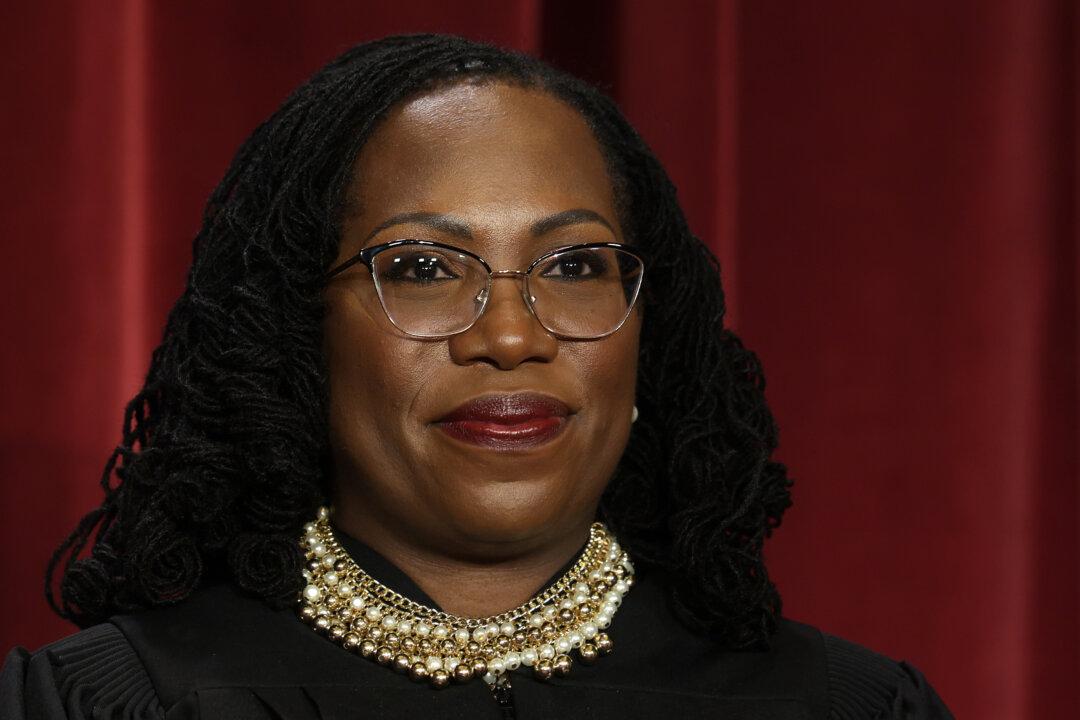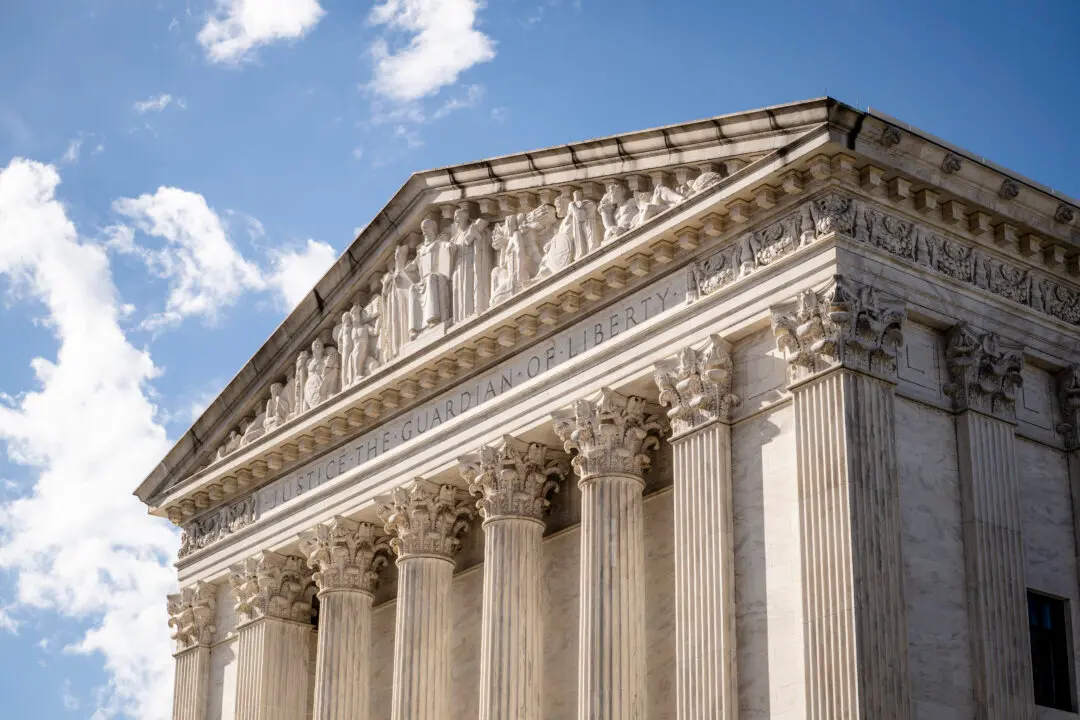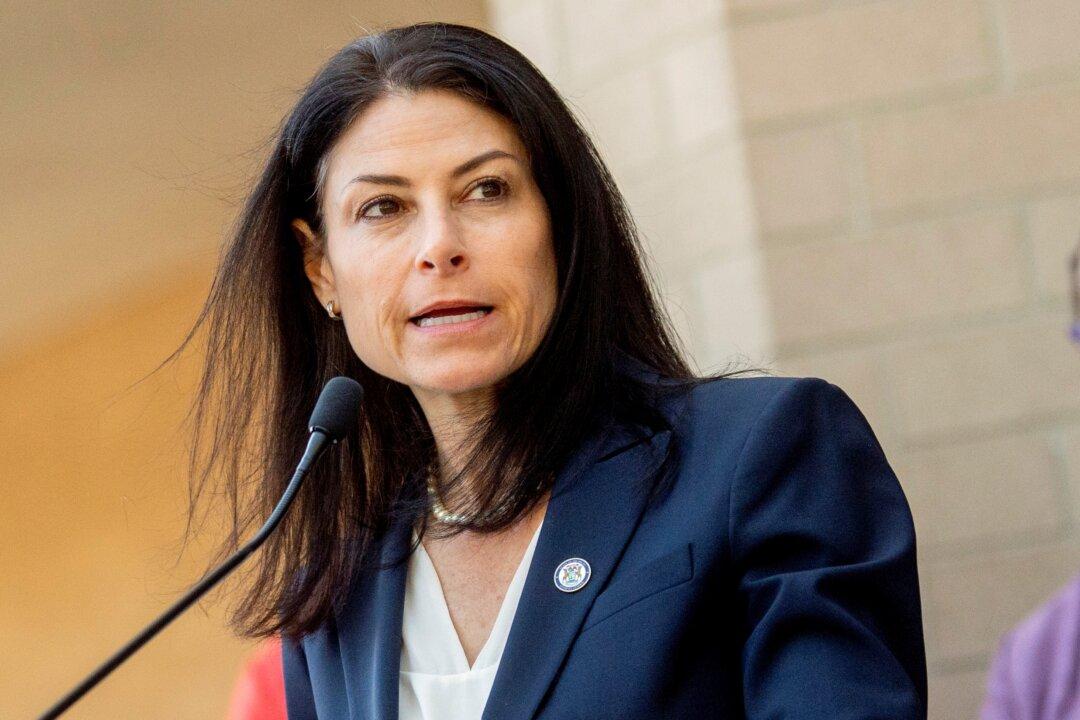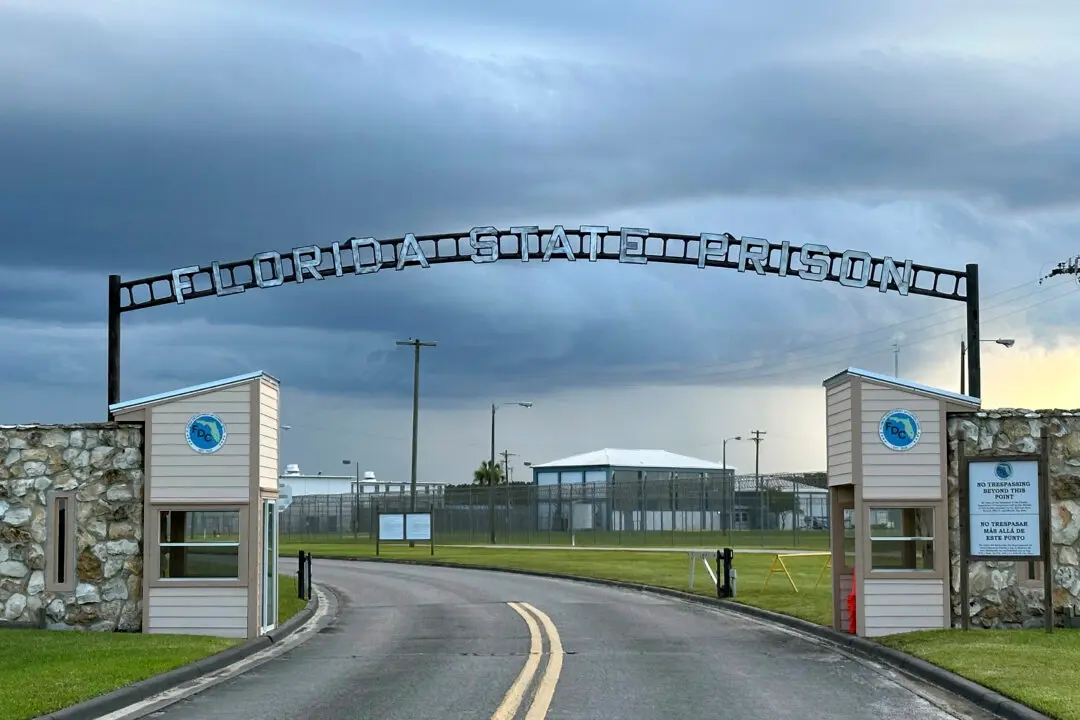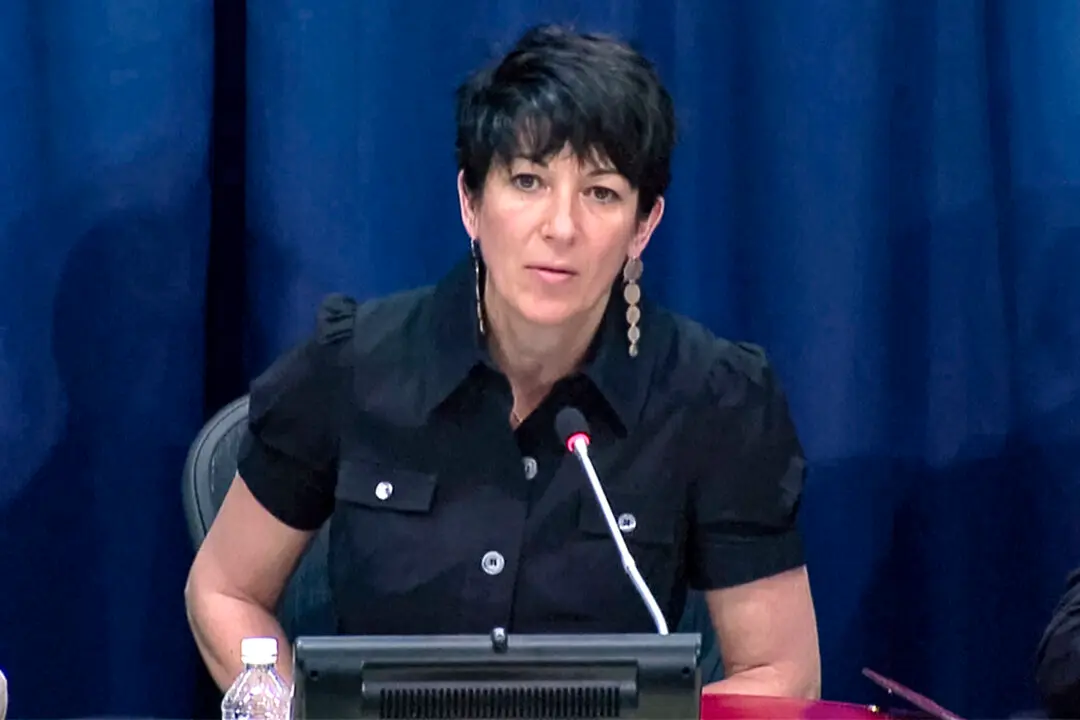The Supreme Court ruled 7-2 on April 16 that a veteran who was denied full education benefits is nonetheless entitled to receive education benefits under separate GI bills.
The case is about whether a veteran who qualifies for education benefits under multiple GI Bill programs is required to use up or abandon the benefits of one program to take advantage of benefits under another.
